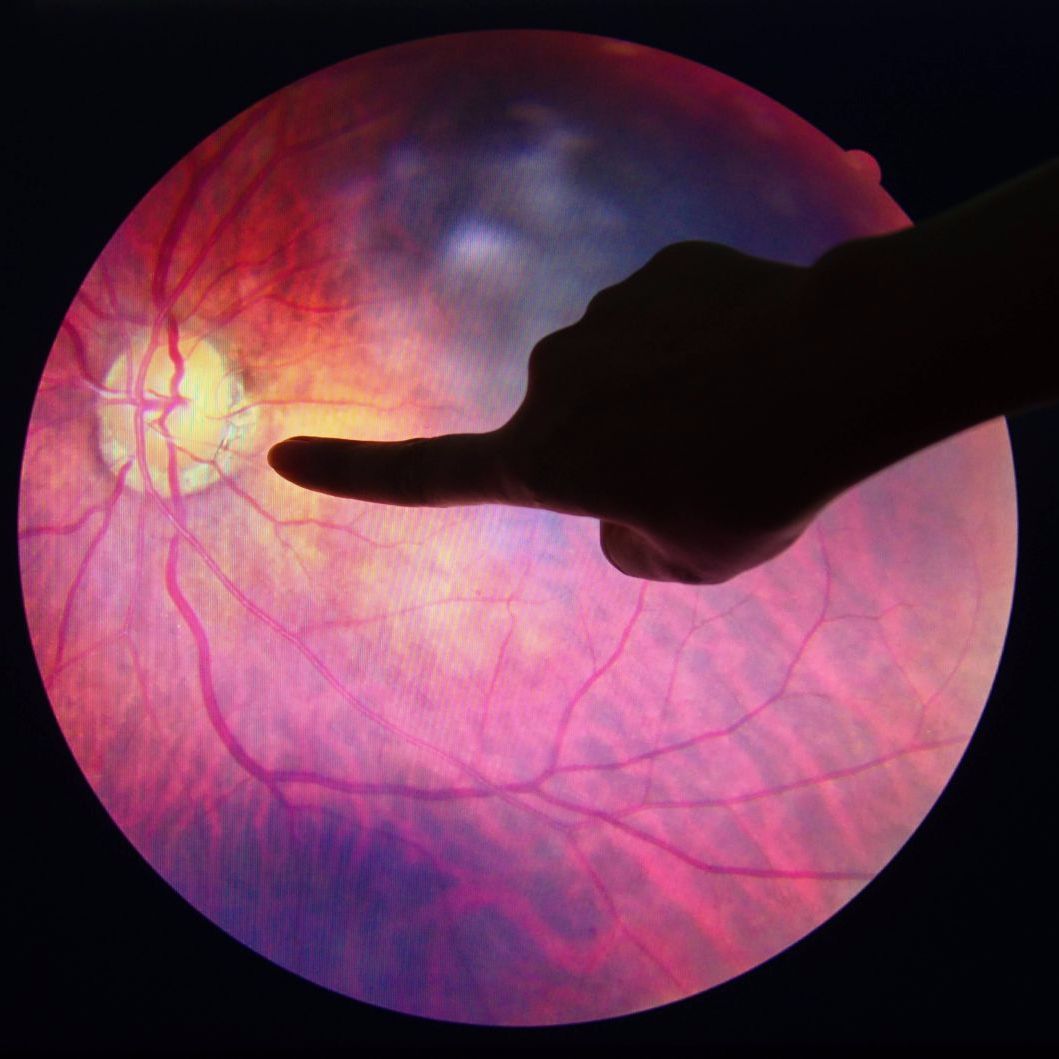Article
Review of AMD Therapies Highlights Need for Noninvasive Treatment
Author(s):
A review from a trio of institutions noted the state of AMD therapy and pointed out the potential use of nanotechnology in the treatment of the condition.

A review focused on the most promising new therapies for the treatment of age-related macular degeneration (AMD), highlighted current available therapeutic strategies, and suggested that AMD treatment would benefit from "employing specific nanoformulations" for possible noninvasive therapies.
Lead writer Afrah J Abd, from the Molecular and Medical Research (MMR) Center, and Rupinder Kanwar, PhD, and Jagat Kanwar, PhD, from the School of Medicine at Health Deakin University in Australia, alongside researchers from the Nanomedicine Laboratory of Immunology and Molecular Biochemical Research (NLIMBR), reviewed current AMD therapies such as those addressing angiogenic factors (anti-vascular endothelial growth factor [VEGF] medications and angioproteins) and anti-inflammatory therapies.
Abd wrote that "despite the advances made in developing therapeutics, there is still no satisfactory treatment" for AMD, and that the limitations of the existing therapies are due to the lack of a noninvasive therapy for the disease. The group hypothesized that "consideration of specific nanoformulations" may result in novel solutions to many AMD therapeutic obstacles.
The drawbacks in current AMD therapies, according to Abd and colleagues, is the lack of an optimal means of drug delivery, with treatments "requiring reliance on intraocular administration through an invasive route." Although intravitreal injection at the distal point of the eye shows promise, there is a need for regular/multiple injections and the potential for complications that arise via AEs at injection sites and post-injection.
Abd writes that "noninvasive delivery application needs to be urgently considered in the future" and that nanotechnology could provide "reasonable tools for delivering pharmacotherapies" if not "optimum solutions."
Chitosan, in particular, is mentioned as a possible nanocarrier for ocular medicine due to low toxicity and the polysaccharide polymer's "mucoadhesive characteristics" and ability to penetrate through mucosal epithelia. Abd noted that "chitosan has a further desirable feature (the pseudoplasticity) that facilitates retention and permits the spreading of the formulation, the essential feature for ophthalmic formulations."
The use of chitosan as a carrier for AMD treatments has been proven to "suppress oxidative-stress-induced retinal damage by enhancing the activities of antioxidative enzymes," according to Abd.
Other prospective candidates for the treatment of AMD are the apoptosis inhibitor survivin, which both protects cellular tissue and plays a part in "regeneration and remodeling" of damaged tissues. Abd pointed out that it may be possible to use the inhibitor to promote healing in damaged retinal tissue in situ if delivered noninvasively.
Bovine lactoferrin was also listed as a potential therapy due to its ability to upregulate antioxidant activity. The authors addressed its “capability to protect ocular tissue against carbendazim-induced lens cell apoptosis and oxidative stress" noting that inhibitory effects on VEGF, fibroblast growth factor (FGF), and cytokine transcription have been observed.
“The rationale for exploring lactoferrin as a therapeutic agent against AMD lies on the evidence originating from previous investigations that shows its antioxidative and antiangiogenic activities," Abd noted in the review.
Nanomedicine, particularly pharmaceutical nanoformulations, offer hope in the fight against AMD, according to the authors. Abd wrote that "antihypoxic, anti-inflammatory and antiangiogenesis stimulant drugs to promote healing and vascular maturation (especially if delivered in noninvasive form) are needed," and pushed for increased testing of nanoformulations as a means of treating AMD.
The review appears in the August 2017 issue of Drug Discovery Today.





